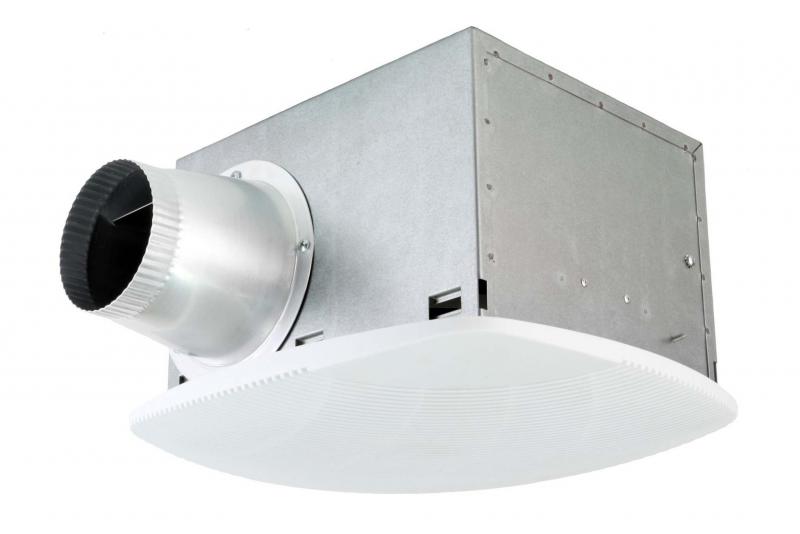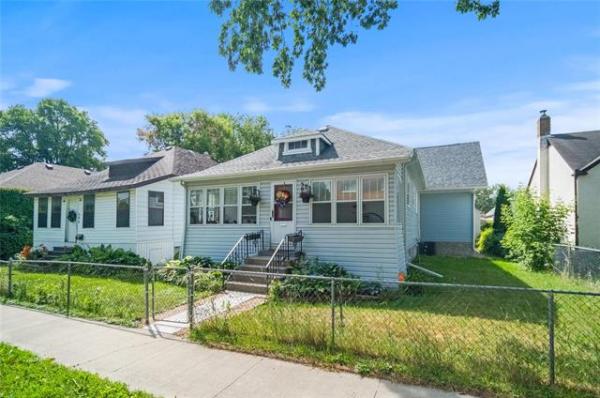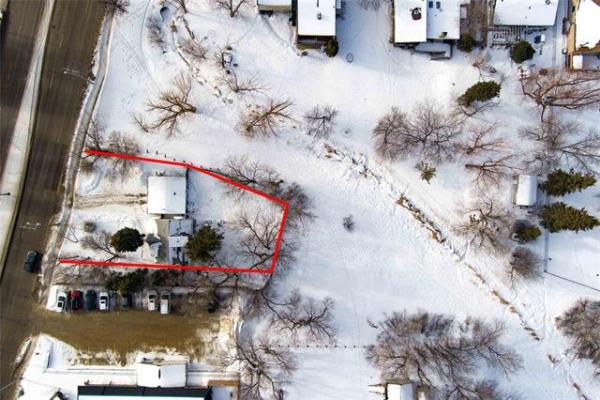Question: I have a 1958 three-bedroom bungalow and have owned it for about five years. It has a 10-year-old high-efficiency furnace. New triple-pane windows were installed about four years ago. About the same time, I replaced my gas hot-water heater with an electric unit and blocked my chimney with insulation two years ago.
About three years ago, my upstairs bathroom fan began to leak in the late fall and winter. Upon investigation, I found the fan was vented into the attic. In hopes of remedying the problem, I vented it through the roof, using a plastic J-shaped roof vent hood, and replaced the eight-foot uninsulated dryer vent hose with an insulated exhaust hose which is about three feet long. This hose has about a foot horizontal run prior to going vertical. I installed a four-inch vent hood and hose, and unbeknownst to me at the time, the fan had a three-inch exhaust. The dripping is now occasional and seems to be mostly during times when the outside ambient temperature rises.
My thought is that the three-inch exhaust isn’t expelling enough air volume to fully discharge all of the moisture in the exhaust hose, thus causing a buildup of icy condensation. I’m thinking of replacing the current bathroom fan with one that has a four-inch-diameter exhaust port, expecting this will increase the air volume enough to fully discharge all the moist air, thus eliminating the frost buildup. Do you think I’m on the right track to resolve this ongoing issue?
— Arthur Matthews
Answer: Dripping moisture from bathroom exhaust fans is a common occurrence, and may be due to several factors. Replacing your fan with a higher-volume unit may improve the situation, but you may also have to upgrade your attic duct, and possibly the location of your vent hood, to truly stop the leaks.
As your home has become more airtight, with the improvements to the windows and furnace and the closing of your chimney, it is more critical to remove excess moisture from the indoor air. For this reason alone, I would suggest upgrading to a bathroom that has a higher cubic feet per minute (CFM) rating than the current version. Most fans with three-inch-diameter discharges have minimal exhaust capabilities. Because you may now need to work harder to keep the indoor relative humidity (RH) to a manageable level in the heating season, removing damp air more quickly from the bathroom should help. Fans requiring larger four-inch discharge ducts have a better chance of achieving this goal.
Regardless of the fan upgrade, there is still a possibility of moisture leaking from the fan housing or duct.
One reason these can leak is in the design of the ducting. Since you are using a pre-insulated duct, it is typically composed of an inner corrugated plastic pipe, surrounded by fibreglass batt insulation and another plastic sheath. Because the walls of this duct are not smooth, they can trap air and moisture in the corrugations. Due to the fact this duct travels up through a cold attic, and discharges above the roof to very cold exterior temperatures, some of the moisture in the duct may condense before it can be blown outside. Once the fan shuts off, the temperature inside the duct will drop and that condensed moisture can freeze. If this happens continuously, a thick layer of frost or ice can build up inside, or in worse cases on the exterior, of the duct. This may not melt until the warmer spring temperatures heat up the inside of the attic, causing the dripping you have experienced.
So, replacement of the corrugated duct with a smooth-walled version will help prevent condensation and frost buildup, as well as improve airflow. The corrugations significantly reduce the CFMs of air that can be discharged, due to much higher friction between the very large surface area of the plastic hose in comparison to a smooth-walled alternative. Unfortunately, most smooth ducts are made from metal, so are more susceptible to condensation than plastic versions. For that reason, the new smooth ducts will have to be better insulated and air-sealed than the easier-to-use pre-insulated version. Also, increasing the angle of the new duct, to eliminate the horizontal run, should shorten the duct further and prevent ice buildup due to water collection in that section.
Changing the fan and ducting may be enough to mostly eliminate your moisture issue, but it still may allow periodic problems. If that continues to occur, particularly when there is blowing snow or colder temperatures, then the location of the vent hood may be partially to blame. Vent hoods that face north or west may especially be subject to problems from the prevailing winds. Strong winds may slightly lift up the damper inside the vent hood, allowing very cold air to enter the duct. If this occurs during a winter storm, some snow may also blow into the vent hood, preventing the damper from fully closing and making the inside of the duct colder, promoting condensation. The solution to this is relocating the vent hood, or changing the direction of discharge to the south or east to minimize the issue.
If the moisture is still present but minimal after upgrades, and only leaks through the inside of the duct and fan, there is not much to be concerned about. If it is more frequent and leaks down the outside of the duct or fan housing, that may cause serious moisture damage to the ceiling and insulation and should be fixed as soon as possible.
Installing a higher-capacity exhaust fan in your bathroom, to counteract the effects of your air sealing upgrades, is a good idea but may only be part of the solution. Changing the ducting, better insulation and air-sealing practices, and relocation of the vent hood may also be required to permanently eliminate the dripping nuisance.
Ari Marantz is the owner of Trained Eye Home Inspection Ltd. and the past president of the Canadian Association of Home & Property Inspectors — Manitoba (cahpi.mb.ca). Questions can be emailed to the address below. Ari can be reached at 204-291-5358 or check out his website at trainedeye.ca.
trainedeye@iname.com




